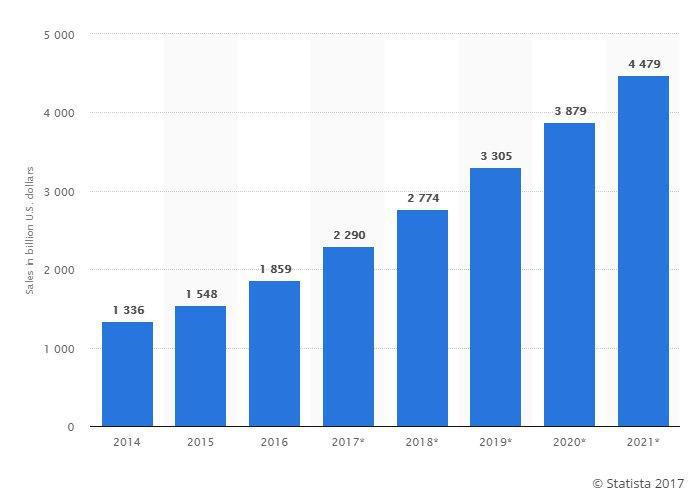Many digital marketing mistakes are fueled by one major misconception: eCommerce is easy.
People tend to perceive eCommerce as a platform through which they just sell items effortlessly, but this is far from the truth. Like any business, you will always need to learn new things and advance your skill set so you can be successful. And the truth is, you never stop learning.
It’s expected by 2020 that worldwide eCommerce sales will reach over 4,000 billion dollars, according to Statista. That’s a 4 with 12 zeros. Let that sink in first.
But to get a slice of the pie, you need to avoid bad marketing strategies – since a solid strategy will be your only weapon against the fierce competition.
Without proper marketing tactics, you won’t be able to direct potential customers to your site. Here are the 10 most critical digital marketing mistakes that you may be making, and how you can avoid them.
1. Messing up Your E-mail Marketing
Email marketing is very much alive, no matter how you cut it. When done right, it gets the job done. Many (if not all) eCommerce stores use some form of email marketing to notify customers of special deals and updates.
But there are many factors that can ruin your email marketing campaign easily, which are often overlooked by marketers. A common ecommerce mistake is making emails sound too salesy. Other ways you’re ruining your email marketing campaign is by using overaggressive subject lines, boring subject lines that don’t make you stand out and insisting on deals and discounts like you’re begging them to buy something.
Email marketing has changed, and in this age of technology and data, it’s devastating not to personalize your emails. Here’s an example of how NOT to write an email:
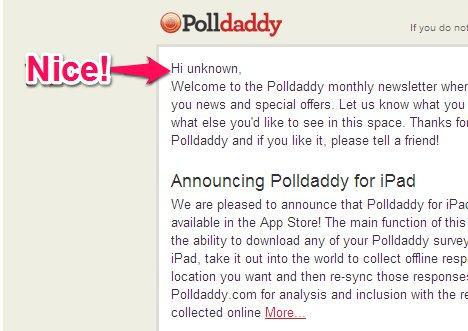
Here the company didn’t make an effort to even address the customer by name, which is the least they could do.
The reality is that personalization isn’t just knowing a person’s name. In fact, you don’t even need to mention their name and you can still personalize.
Here’s a perfect example of how Jet Blue did this without mentioning the customer’s name, and it’s completely captivating (they even mentioned the time the customer deleted them!).
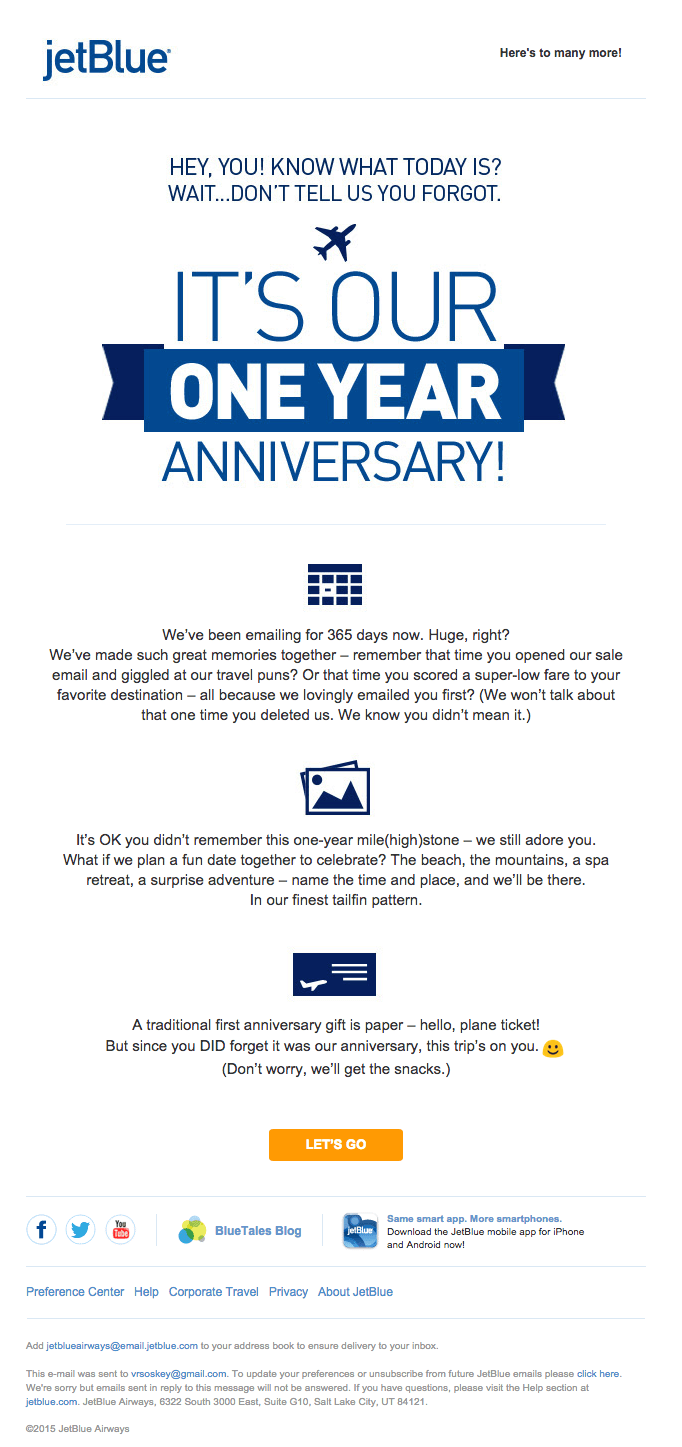
Another digital marketing mistake you could be doing is focusing on your offers rather than the customer, like Home Depot did in this email.
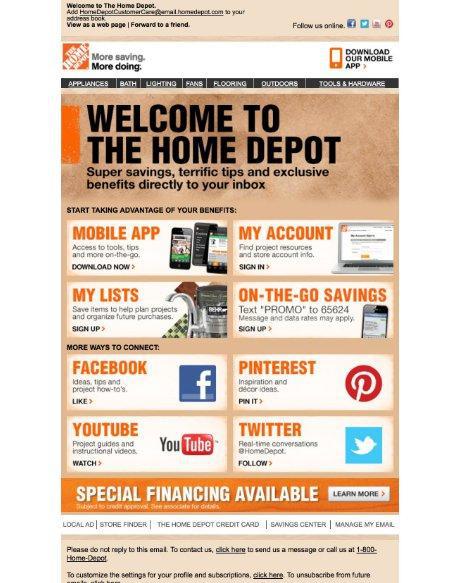
This copy is a mess simply because it’s not oriented toward its customers. If anything, it only makes a subscriber discouraged to do business with the brand.
Another issue which eCommerce stores sometimes overlook is optimizing their emails for mobile. State of Email reports that 54% of emails are opened through mobile in 2017, and more than 40% of mobile users check their emails over four times daily.
What happens if your emails aren’t mobile responsive? Well, 70% of mobile users will delete the email if it doesn’t look good (renders well), reports the Adestra “Consumer Adoption & Usage” Study.
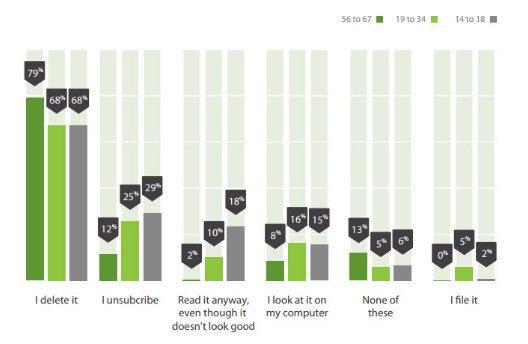
Try reviewing your email marketing tactics in order to get a grasp of any mistakes that you may be making. Focus more on your customers rather than your products, and nurture your leads strategically through automated email campaigns. Here are also some useful examples on how to create successful emails to get your subscribers to respond.
2. Forgetting Your Current Customers
People that have bought from you will likely buy again. The massive mistake that many eCommerce stores make is focusing on gaining new customers while completely ignoring their current ones.
It’s great to want to branch out and attract new customers, but selling to your current ones is more cost effective.
Why? Because you’ve already built a relationship with them. And there are many ways to stay relevant and in their minds.
A useful tip is to share exclusive product content that is tailored specifically to them. You can also offer them loyalty programs to encourage them to make spending a habit.
Try to nurture your relationship with your customers by sending them a birthday card. This is very personable and will make them feel cared for. It’s easy to find out someone’s birthday, either from data from a customer profile or simply through checking on social media. Make it even more special by getting the CEO to sign it. It’s very likely that the customer will be inclined to do business with you rather than a competitor who never wished them a happy birthday.
Ask for their feedback about how their experience has been with your brand. This would be a great way to re-engage with them and leverage your relationship. You can also ask them for referrals or maybe present them an affiliate program.
Recommended for you: Christmas Gifts For Customers: 7 Thoughtful Ideas To Say Thank You
Powerful live chat software
Offer real-time, personalized, efficient support that your customers and agents will love at 1/3 the cost of voice support.
Learn more
Comm100 Live Chat
3. Not Knowing Your Target Audience (Or Investing Time to Get to Know Them)
One of the most common digital marketing mistakes is not knowing your audience. Usually, eCommerce stores will present a product to a broad audience without paying attention to age, behavior and demographics.
Lacking proper customer segmentation brings negative consequences for eCommerce stores. You could be running expensive marketing campaigns and putting your product out there, but no one converts. Why? Because they’re simply not interested in your product and you’re losing money.
By segmenting your audience you target your most valuable customers and increase your ROI. Here are the best ways to segment your audience and avoid mistakes in marketing.
- Demographics:(age, race, ethnicity, gender, education): This is a very basic yet important form of segmentation. For instance,
90% of people from 18-29 years-old prefer to see video content and infographics through their smartphones. On the other hand, only 35% of people over 60 prefer this. This information can help make your marketing campaign more successful.
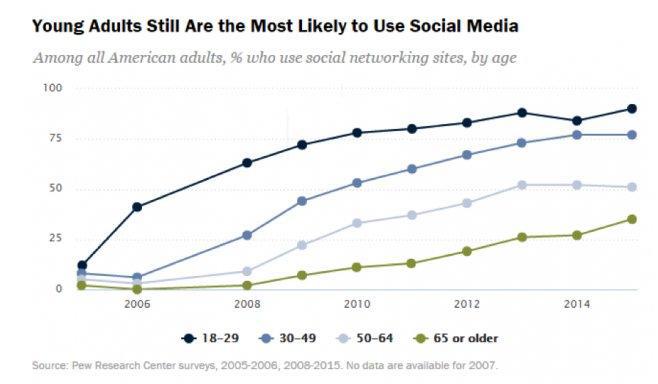
- Behavior: This form of segmentation is based on an in-depth study of your customers purchasing behavior. You can target buyers on the base of the value that they are searching in specific products. For instance, a car manufacturer can market cars with more leg space and room for customers with bigger families.
- Geographic: This form of segmentation and targeting is very effective for small businesses. This way you can create more strategic marketing campaigns while reducing costs if you were to target globally. You can target on the basis of precise factors like weather or culture.
4. Treating All of Your Customers the Same
Avoiding personalization is so great of a mistake that it has become an ecommerce sin. According to an Infosys report, 86% of people said that personalization has at least some impact on what they purchase.
And that’s not all. 74% of consumers feel frustrated when an eCommerce website isn’t related to their interests.
The solution is pretty achievable though. Try to personalize your landing pages to meet consumer interests. Cross-sell products that you think they’d enjoy. By delivering targeted content, you can increase your sales by over 20%.
A creative way to win over consumers is to target them after they abandon the checkout process. Here’s a great example which is very personable.
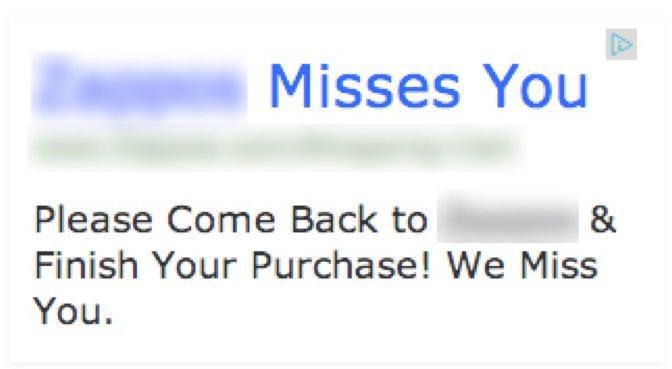
5. Quantity over Quality Content
Churning out content just for the sake of having content is a big problem. The web is already packed full of information, and it’s easy for poor content to be overlooked in favor of more relevant or in-depth articles.
Avoid thin content stuffed with keywords, rather focus on providing solutions to your customers’ problems. Focus on developing a content strategy that will revolve around your goals. Use tools like BuzzSumo to analyze how your competitor’s content is performing.
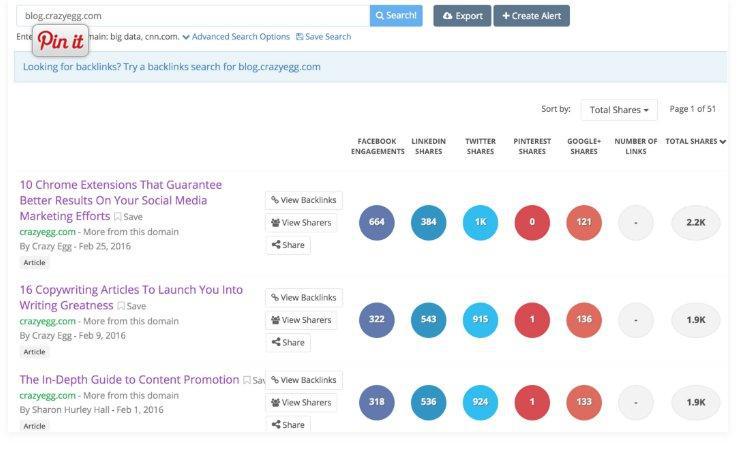
You can see a website’s most shared content on different social media channels. After researching at least the top 30 most shared pieces of content, ask yourself what makes it so shareable (rather than likeable). Analyze their headlines, images and tone. Spending the extra time to deliver real value to your readers will likely fetch a good return on investment.
6. Bad Website Design
Bad design and product presentation will make your sales plummet: as many as 38% of people will stop engaging with a website if it has an unattractive design.
Focus on creating a pleasant website design that offers great navigation and fast page load time. Make sure it’s mobile responsive and use clear, high quality images. Some websites may use the highly debatable 3-click-rule, a term coined by Jeffrey Zeldman back in 2001. This rule explains that a user gets frustrated to click more than 3 times on a website to reach a desired piece of content.
But many tests have ruled out this concept. A study published in User Interface Engineering concluded that hardly anyone gives up after 3 clicks.
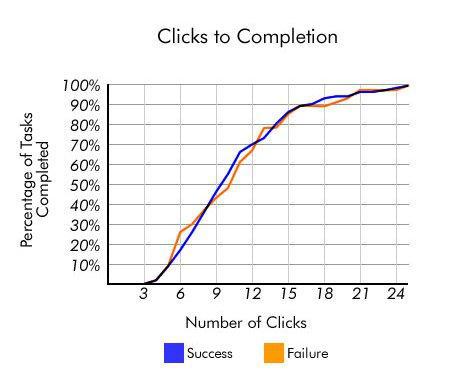
But this doesn’t mean that it’s alright for a person to click 30 times to reach a certain page. What’s important is for the user to know that there is valuable information in each next click.
It’s also important to think about link equity within your website. It used to be thought (back in the 2000’s) that the homepage is the main point-of-entry within a website. New SEO experts nowadays may not have heard about Inceptor’s Pyramid. Here it’s explained how web search engines work and that there are many different points-of-entry within a website.

The Inceptor’s Pyramid offers great insight to see how well a website is optimized for search engines. People can link or bookmark any page within a website, and tend to cite other pages rather than the homepage.
When developing a website, it’s important to use the user’s language and make sure it’s easy to navigate for them. And Wikipedia says that bad web navigation comes from the actual web designers.
That’s why it’s vital for web designers to have a good grasp of information architecture, user experience, findability and navigation. To avoid digital marketing mistakes, it’s advised for eCommerce stores to stick to Fitt’s Law. This states that the user’s eyes are drawn to larger items. This makes them more clickable. That’s why elements that are important to your website should stand out and be larger.
7. Ignoring Your International Customers
When you have an eCommerce store, the entire world is your customer. If you don’t put in effort to be more accessible to international customers, you’re leaving money on the table.
The best fix to this digital marketing mistake is to improve international user experience. Start by providing a translation feature. Display international shipping, along with international fees and delivery time. Delivery times often change, so it’s important to update this section so you can set reasonable expectations.
Let your international customers see prices and pay in their local currency. To smooth out the checkout process, you can also offer different stores for the consumers that you’re targeting.

Quad Lock Case saw an increase in sales when they started offering international stores and global shipping. This led them to receive thousands of new orders from international customers.
It’s also advisable to create targeted international ads if you use social media for marketing. Research an international region to find out if there are any changes in their interest so that you can better segment your targeting.
You can create multiple, geo-targeted campaigns that will increase your CTR. Not only that, but by specifically targeting a specific geographic region you are reducing your cost per action.
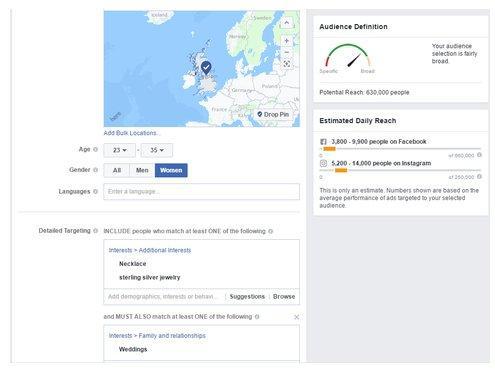
8. Not Being Mobile Ready
Wolfgang digital in a recent report found that 59% of all sessions are from mobile and tablet devices.
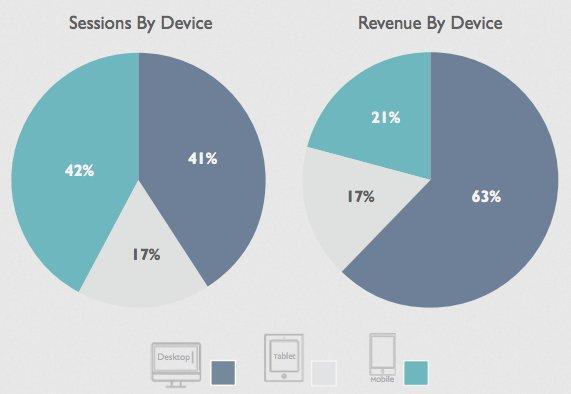
And these numbers will continue to grow. You’ll be making a major digital marketing mistake if your eCommerce store isn’t optimized for mobile.
A simple fix is to implement click-to-call features, amazing visual content, easy to fill-out forms and mobile-friendly advertisements to reach your audience easily.
9. Insufficient Customer Support
In an era where time is everything, customers can’t wait for you to respond to them after 24 hours. This simply won’t make them stick around in the long run, and it’s just a bad marketing move.
Try to implement a useful customer support strategy that will include live chat, social media, email and more.
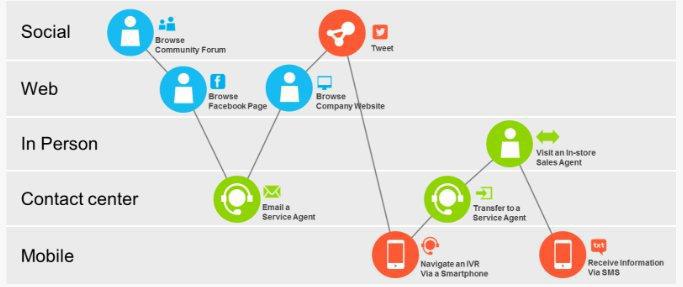
By implementing various solutions, you will decrease customer frustration and create a smoother customer experience.
Considering that over 80% of online shoppers need assistance through their buying process, live chat (with real people, not bots) is a must-have. With the high rates of shopping cart abandonment, it’s more than obvious that customers need help in selecting the right product.
Social media customer support is also an amazing practice to add to your customer support strategy. A report by Bain & Company found that companies who respond to customers on social media see a 20%-40% increase in sales.
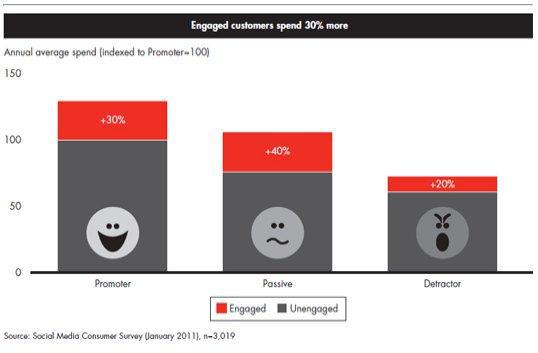
10. Not Paying Attention to Your Data
One of the biggest digital marketing mistakes that you can make is to “set it and forget it.” Setting up marketing campaigns and not paying attention to your metrics and analytics is something that can bring down your business.
This doesn’t mean that you should endlessly stare into your analytics to track the success of your marketing campaigns. But what you need to be doing is to be paying attention to trends. You need to regularly measure your performance and try to figure out certain patterns. For instance, a campaign with the most traffic may not bring in the most leads.
It’s important to focus on the big picture, rather than looking at one channel. This way, you can effectively measure your performance and figure out the secret sauce to conversions.
Conclusion
Whether you’re new in digital marketing or an expert, you can make bad marketing decisions without even knowing it. A simple mistake can have an enormous impact on your audience, which are just one click away from your competition.
By following these useful tips on how to make better decisions and avoid making digital marketing mistakes, you can advance your eCommerce tactics and increase your conversions.
Have you ever made these bad marketing mistakes (or any other)? Please let us know in the comments below!
Download now: How to Create a Dynamic Live Chat Strategy
You’ve defined your live chat objectives. Next you need to find a way to implement your live chat objective effectively. This eBook provides you with several perspectives in developing the strategy and making full use of your live chat solution.
Download now
eBook


